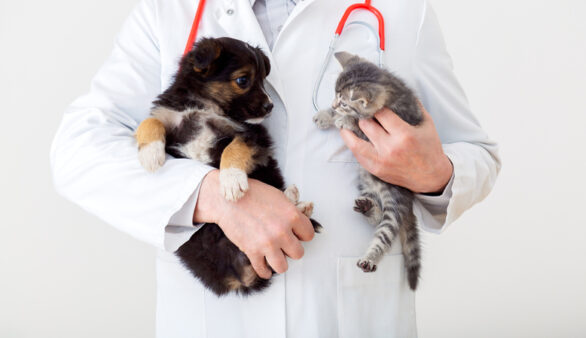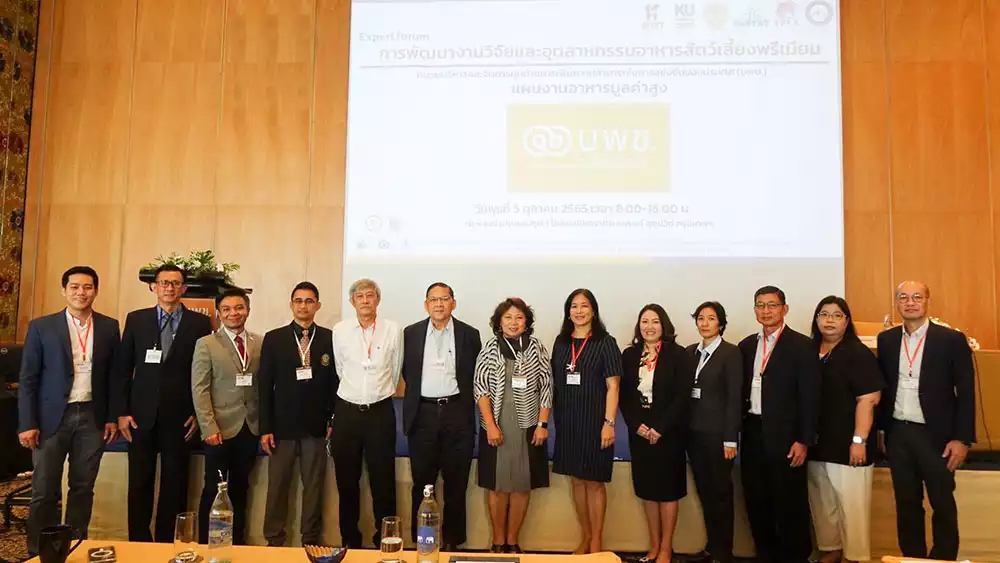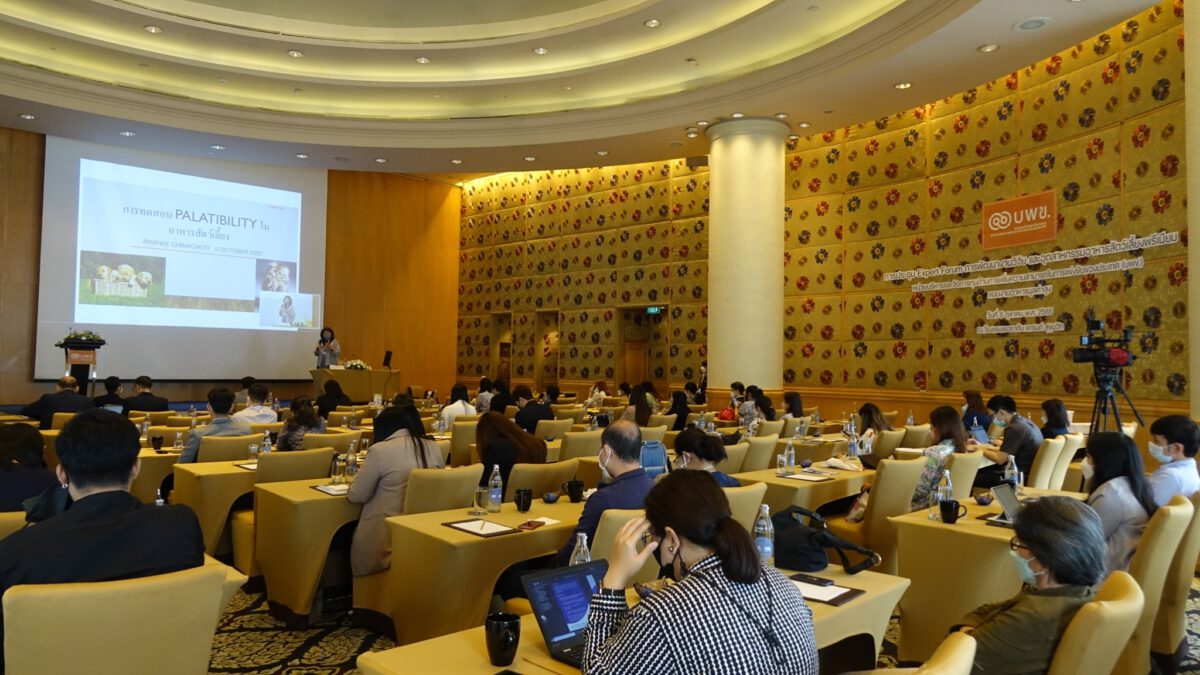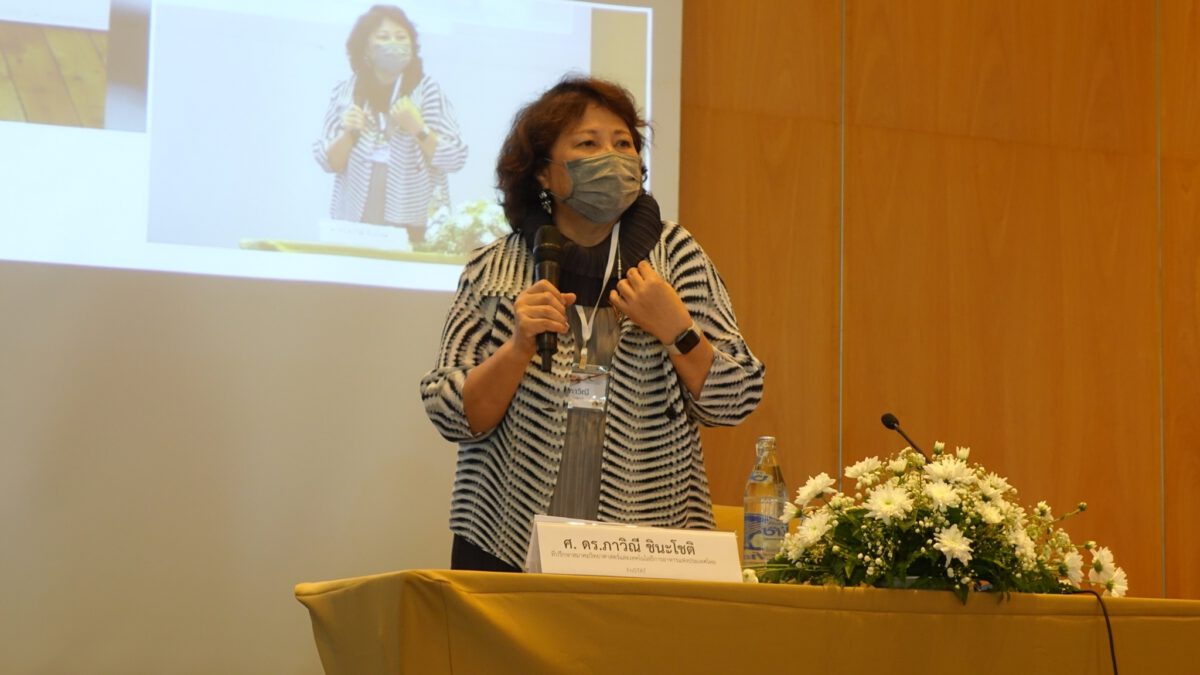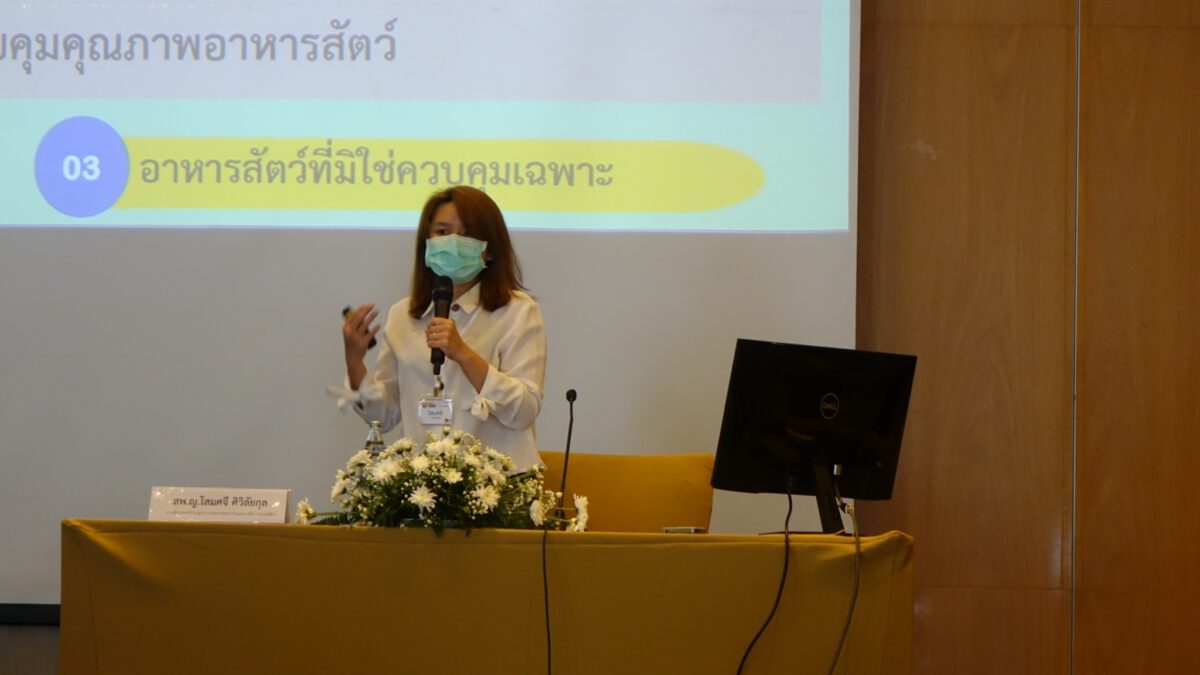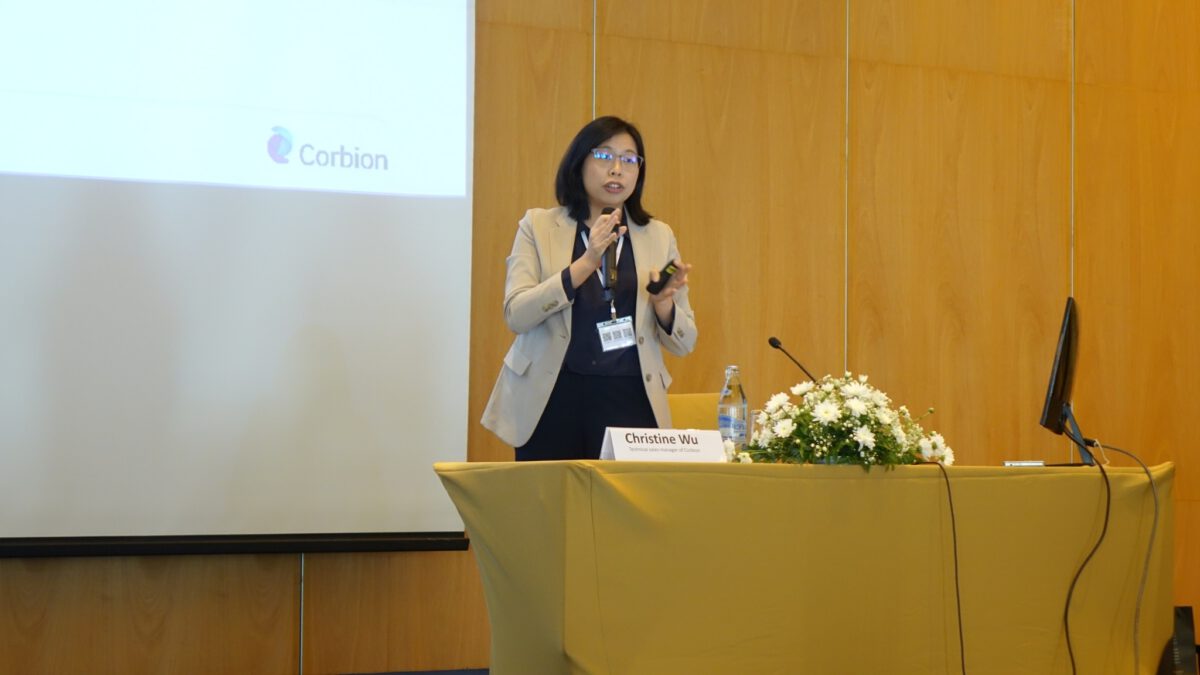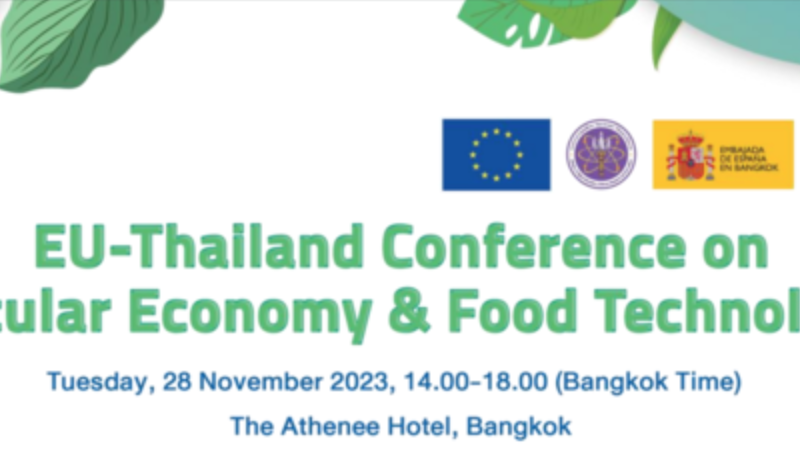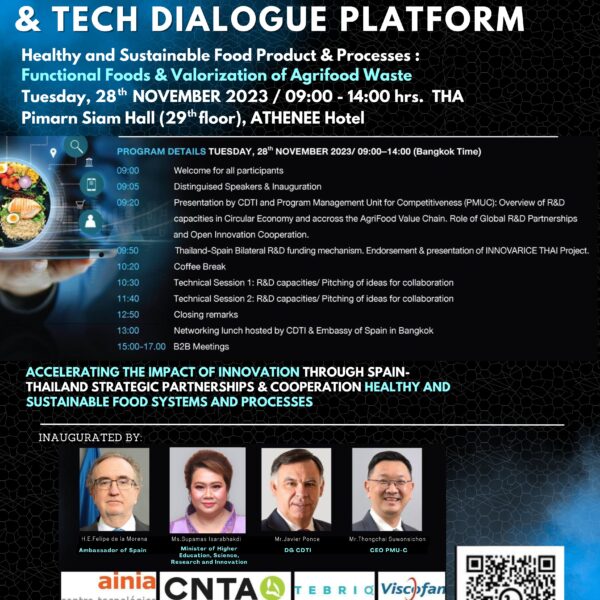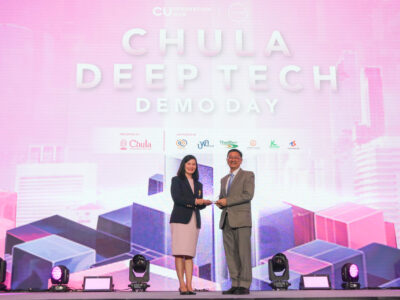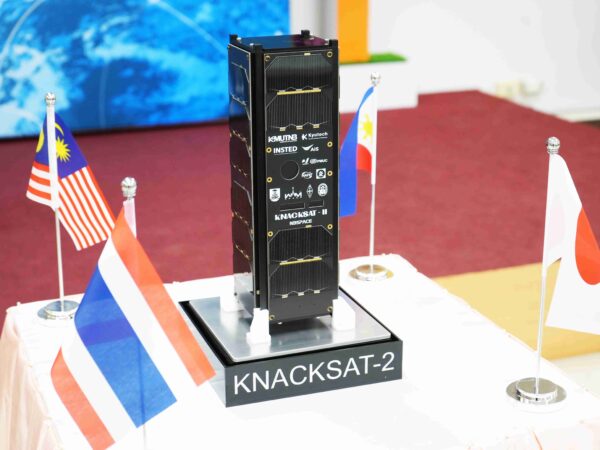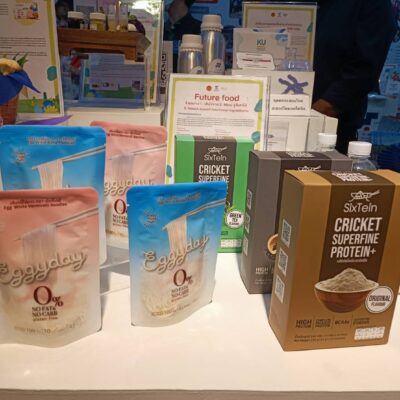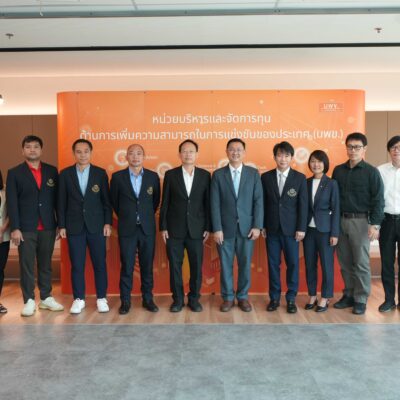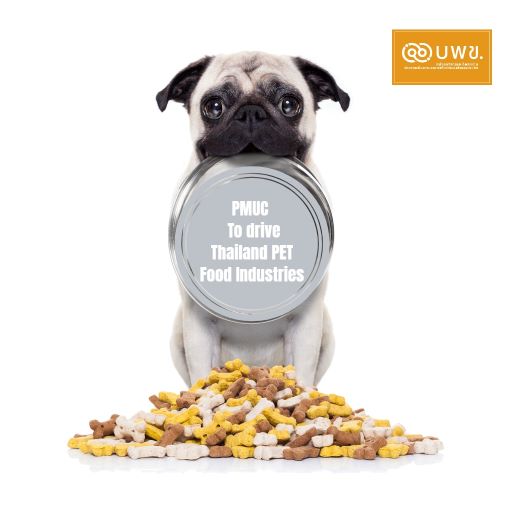
On October 5, 2022, at Ballroom 1, Sheraton Grande Sukhumvit Hotel, Bangkok, PMUC organized a forum “Expert Forum on research development and premium pet food industry”. Assoc. Prof. Wanee Chonhenchop, Ph.D., chairperson of the High-value Food Subcommittee and Assoc.Prof. Natdanai Hankansujarit, director of the Office of High-value Food Group Coordination, were the organizers of the event with an aim of developing research to drive the production of high-value pet food and food ingredients in Thailand.
The driving policy of the High-value Food Subcommittee, PMUC, focuses on funding research for the development of the country’s high-value pet food and food ingredients industry, such as biotechnology products, bio-active substances, and active ingredients extracted from plants, protein products from insects, functional food products, medicinal foods, native food with proven health benefits, and premium pet food, which has very high market value at present.
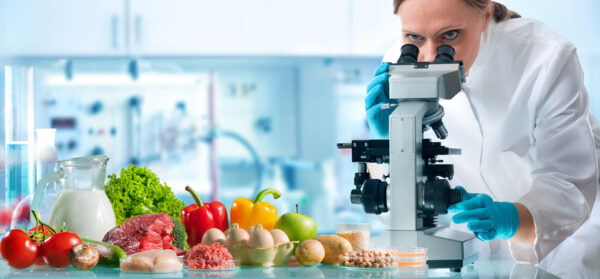
Pet food export market in Thailand in 2022 was worth almost a hundred billion baht. This is a market that is very attractive to investors and entrepreneurs. Kasikorn Research Center has forecast the value of Thai pet food exports in 2022 at $2.4 billion, or more than 80 billion baht compared to the export figures for the year 2021 (Jan. – Oct.) at about 62 billion baht. The main markets have been in the United States 29.3%, ASEAN markets 16.9%, and the European Union 15.5%. The latest outlook indicates that Thailand’s pet food export still has a chance to grow continuously due to the increase in the number of pets as more people have begun to pay more attention to their pets and treat them more like family members during the Covid-19 crisis.
PMUC, which supports research on high-value food, has foreseen the opportunity for Thailand, which has its strengths in biodiversity and natural resources. Technology development and innovation to develop the pet food industry will help push Thailand towards being a manufacturing center, owner of technologies, and the leading exporter of premium pet food while increasing the competitiveness of the country.

Veterinarians Perspectives on Premium Pet Food Production
Assoc.Prof. Nattasit Tansakul, Ph.D., Department of Pharmacology, Faculty of Veterinary Medicine, Kasetsart University, gave a lecture on healthy food for pets from a veterinarian’s point of view that the common pet foods are categorized as animal food with complete nutrition, animal snacks, and animal food for medical purposes, which must be prescribed by a veterinarian. On the other hand, categorizing the products in market terms of according to the consumption trend, it can be categorized as food for pets raised like a family member, holistic pet health food, organic pet food, functional pet food, and high-value pet food.
When veterinarians perform basic analysis of animals’ overall physical health, they look at several areas such as foot weight, skin and coat, ears and oral cavity, lung and heart health, urinary system from urinalysis, or the musculoskeletal system. Alternatively, it may be divided by the energy consumption of animals as well, such as caloric needs by age, caloric needs of reproductive-age animals or pregnant animals, or caloric needs of sick animals, etc.
If the premium pet food industry were to be divided according to veterinarians analysis, it can be
categorized by the benefits for pet health, including:
- Adding fatty acids, such as DHA, to nourish the brain especially for small animals.
- Addition of enzymes for healthy teeth and prevention of tartar.
- Adding digestive aids and increase balance in the digestive system.
- Adding essential oils or vitamins to nourish hair and skin.
- Supplementing with nutrients to nourish the kidneys and urinary system to reduce the factors
- causing kidney stones.
- Supplementing Glucosamine or omega-3 To nourish bones and joints.
Detecting abnormalities in pets in clinical examination includes performing complete blood test to check the function of the internal organs; assessing basic immunity levels; a urine test to check specific gravity; assessment of the PH and protein levels; looking for parasites as well as viral and bacterial infections; looking at the digestive system, endocrine system, and the detection of other specific diseases. This may offer additional insight to help in the design process for pet food production.
Food safety from a veterinarian’s perspective.
Your veterinarian will assess the risks in your pet food if there is a problem with your pet. It can be diagnosed from the specific gravity in the urine, from a detection of toxic substances such as mercury, lead, cadmium and arsenic, or mold and pesticides, etc. Additionally assessment of animal food allergies may be performed, which may present as symptoms in each animal, such as ear inflammation, hair loss, loss of appetite, diarrhea, or vomiting. Ultimately, food safety and animal food allergies is something that pet food producers need to pay great attention to in the premium, high-value food segment.
From current research, veterinarians have placed great emphasis on carbohydrate sources. This is because different carbohydrate sources may result in different levels of taurine intake for animals. If an animal lacks taurine, it can affect the integrity of the animal’s heart muscle. The same goes for using different proteins in food production will affect the nutrient profile that the animals will receive from the food
